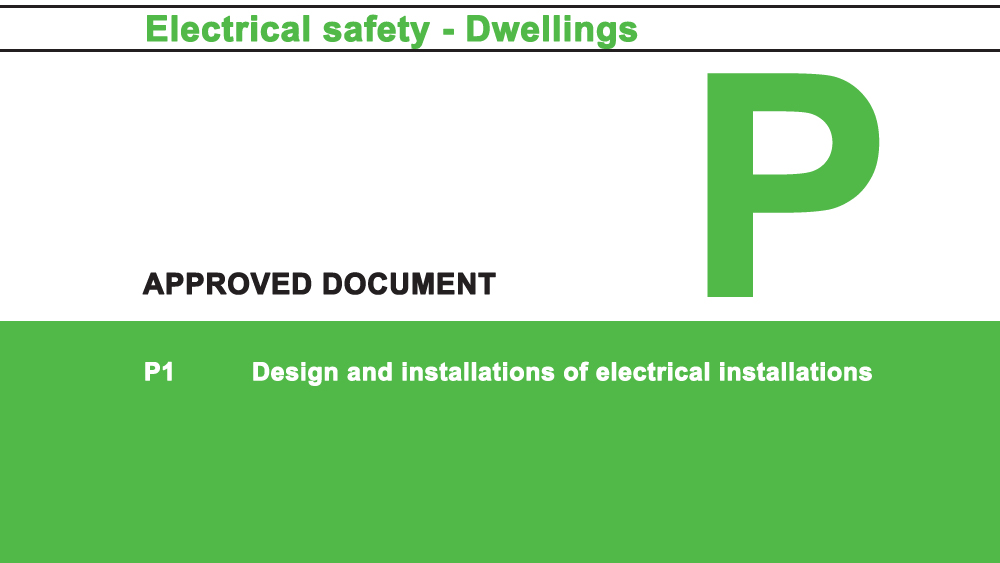Before explain all this, I want to point out that two weeks ago I had an electrician carry out an EICR for "peace of mind" to make sure that everything is OK.
The certificate states that the installation is in satisfactory conditions. Once C3 observation stating that the consumer unit is not up to to the latest regulations. However, all circuits are RCD protected so he said that there's no immediate concern.
Coming to my question: there is a SWA cable (2.5mm) that runs from an isolator switch in the house to a shed in the garden. The cable is connected to an outdoor-type socket (see picture below). I would assume that the SWA cable situation is OK given that I have showed it to the electrician and he has not said anything about it.
Now, at the moment there's just a floodlight plugged into it. What I want to do is expand this circuit:
- replace the existing floodlight with an LED one (10W)
- install one more LED floodlight (20W)
- add 2 sockets for general use inside the shed.
- connect everything to the existing socket using a 13A fused plug

All cables inside the shed would run into corrugated conduit. Now... can I just get on with it or is there anything I have not considered?
The certificate states that the installation is in satisfactory conditions. Once C3 observation stating that the consumer unit is not up to to the latest regulations. However, all circuits are RCD protected so he said that there's no immediate concern.
Coming to my question: there is a SWA cable (2.5mm) that runs from an isolator switch in the house to a shed in the garden. The cable is connected to an outdoor-type socket (see picture below). I would assume that the SWA cable situation is OK given that I have showed it to the electrician and he has not said anything about it.
Now, at the moment there's just a floodlight plugged into it. What I want to do is expand this circuit:
- replace the existing floodlight with an LED one (10W)
- install one more LED floodlight (20W)
- add 2 sockets for general use inside the shed.
- connect everything to the existing socket using a 13A fused plug
All cables inside the shed would run into corrugated conduit. Now... can I just get on with it or is there anything I have not considered?


